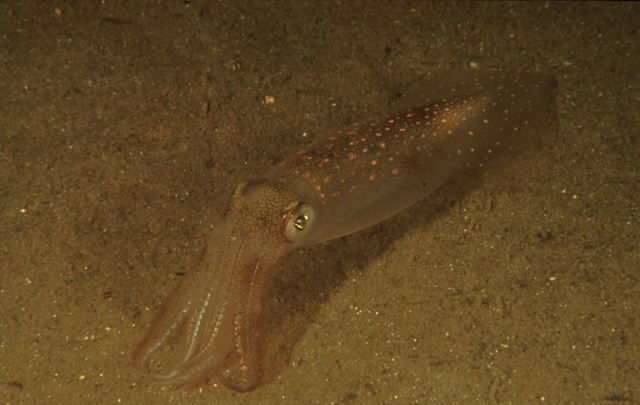October 20, 2015 — The following was released by NOAA Fisheries:
Saltonstall-Kennedy Grant Program Telephone Town Hall Meeting on October 22
Interested in applying for a Saltonstall-Kennedy Grant?
To find out how, follow the directions below to join us this Thursday, October 22, at 4 pm (Eastern Standard Time). We are hosting this Webinar/Telephone Town Hall to provide an overview of the application process and to answer questions from anyone interested in applying for funding through this grant opportunity.The solicitation for this grant opportunity is open until November 2.
To join this online meeting, you will need a computer and a phone. Follow these instructions:
1. Go to Webinar page
2. If requested, enter your name and email address
3. Provide the event password: Meeting123
4. Click “Join”
5. Follow the instructions that appear on your screen
Note: This webinar does not have audio so you will need to call in with the info below
Dial In: 866-647-1746
Participant Code: 6042534
Background:
On September 4, NOAA Fisheries announced approximately $10 million available to support fisheries projects through the competition.
The goal of the Saltonstall-Kennedy grant program is to fund projects that address the needs of fishing communities, optimize economic benefits by building and maintaining sustainable fisheries, and increase other opportunities to keep working waterfronts viable. The 2016 solicitation seeks applications that fall into seven priority areas:
- Aquaculture
- Fishery data collection
- Techniques for reducing bycatch and other adverse impacts
- Adapting to climate change and other long term ecosystem change
- Promotion, development, and marketing
- Socio-economic research
- Science coming from within the U.S. territories
If you have a project in mind, join us on Thursday so we can help you navigate the application process.

Credit: NOAA

